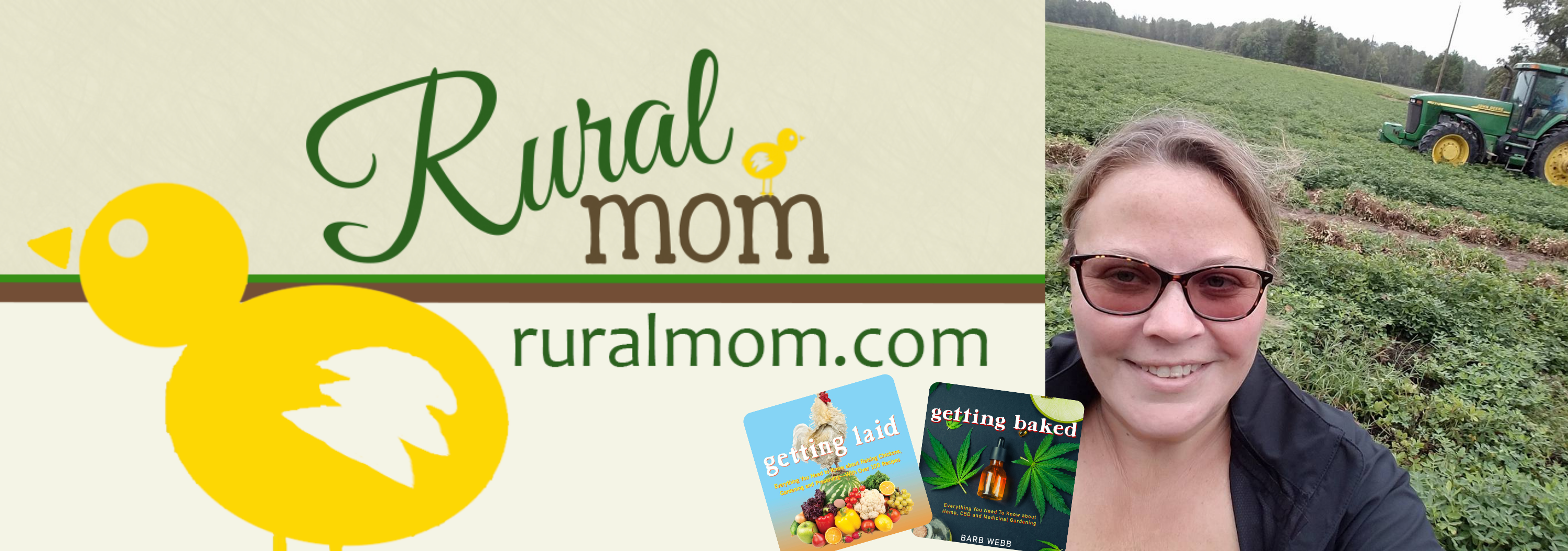We worked with the state to build a wildlife refuge on part of our property that now houses a beautiful drinking pond and our new farm has a decorative pond – both required me to brush up on maintenance and preparation! Many people have installed garden ponds at their homes. They add interest to the garden, encourage wildlife to visit the garden, and provide a place for peace and contemplation. Use these garden pond maintenance 101 tips to prepare your pond for Spring.
Prepare Your Pond For Spring
Ponds require regular maintenance. The better care you take, the longer your pond will be enjoyed by your family. There are things you should do during each season of the year, but here’s a checklist to use to ensure your pond is ready for Spring:
- Remove the de-icer or heating unit from the pond. Replace the filter and pump, then turn them on.
- Remove any leaves or decomposed organic material.
- Keep an eye out for algae and remove it as soon as you can.
- If the water appears black, remove at least one-third of it and then replace it with fresh water.
- Purchase the beneficial bacteria, chemicals, and water conditioners you’ll need for the spring and summer.
- Decide on any new items you’ll add to your pond and create a shopping list.
- Check the level of the water in your pond and add a small amount at a time so the water temperature or the chemical balance isn’t disrupted too drastically.
- If you wintered your fish indoors, increase the water and chemical level before returning the fish to the pond.
- Begin feeding the fish once the temperatures reach or exceed 50 degrees Fahrenheit. Since any fish you might have in your pond are cold-blooded, they’ll begin getting interested in eating once their body temperature rises.
- Check the netting around the pond and repair it where necessary.
- Reset any rocks around you’ve placed around the border as well as prune the shrubs and any plants which are around the pond.
- Add new plants or features to the pond, as desired.
- Clean the filter as recommended by the manufacturer, being sure to clean the water intake more often to keep it from becoming clogged with debris.
- Place a bench so you can sit near the pond watching the fish or set up a canopy swing. If you already have one, be sure to clean and maintenance them, too.
Pond Safety Tips for Spring
Whether you have a large enough pond for you to go fishing or a small pond in the center of your garden, you’ll want to make sure everyone is aware of the rules and knows that safety comes first. Use this pond safety checklist to help ensure your family and the wildlife in your area have a safe environment:
- When deciding where to place a small garden pond, try to locate it where children won’t be tempted to go to it. You may also want to place it where it can be easily seen from inside the house.
- Research the local ordinances where you live to determine what safety laws you have to follow. You may be required to place a fence around your pond if it’s a specific size or depth.
- Let children know they’re not allowed near the pond without an adult. This rule stands for children even if they know how to swim. Ponds can appear to be safe but you can never tell where the safety ledge is within any given pond. The ledge may drop off quickly and they might not be prepared for it.
- Children should also be taught not to go in any water where they can’t see the bottom. Seeing the bottom is not a guarantee that the child will be safe, but this rule could keep them from going into a pond with dirty water where they don’t know how deep the water is.
- If there are animals around the pond which aren’t family pets, don’t go near them. They’re wild animals and might bite. If you’d like to watch the animals, do so from a safe distance with a pair of binoculars.
- Learn about the plants which may be around your pond, particularly if the pond was there before you arrived. Explain to the children that it’s not safe to chew on plants around the pond. Even though most of them won’t be dangerous, some may be poisonous. Learn to recognize what plants are there, which ones are poisonous, how to recognize problems associated with the poisonous plants, and what to do if someone ingests some of the poisonous plant.
- Do not drink water from the pond. Birds and other animals may come to the pond to drink. In the process they may also go to the bathroom in the pond. This makes the water hazardous to drink.
Your family may have your own pond safety tips. If you don’t, however, these tips will give you a starting place for creating your own. If you take the time to care for your pond the way it requires, you’ll be able to enjoy it for years to come!
Discover more from Rural Mom
Subscribe to get the latest posts sent to your email.



